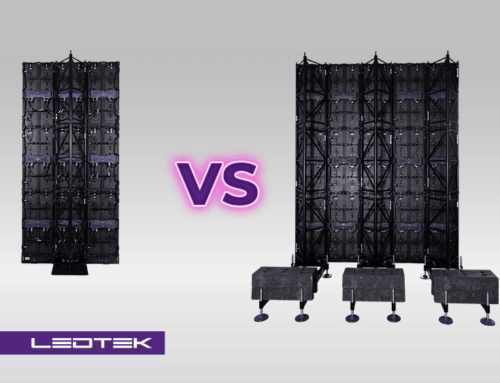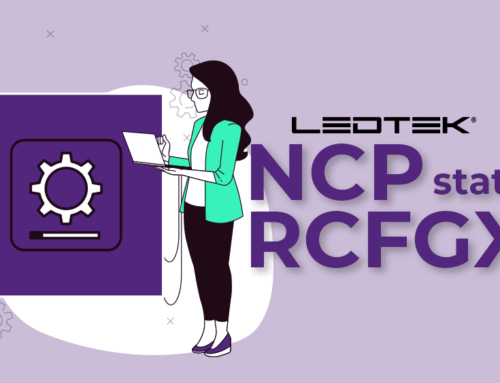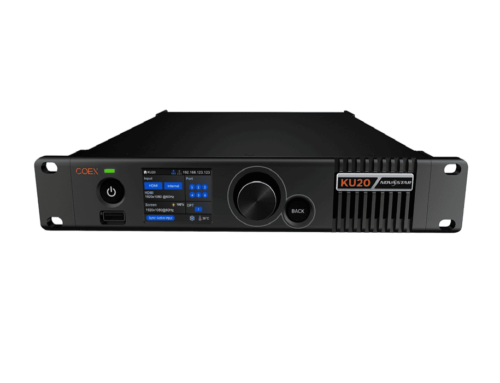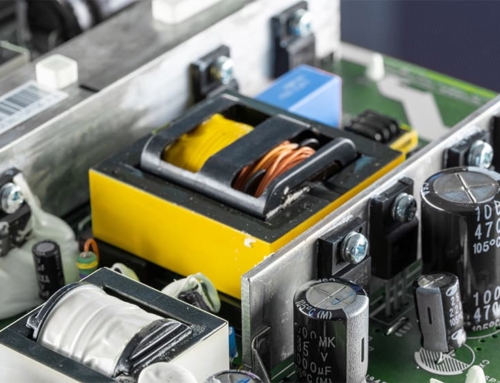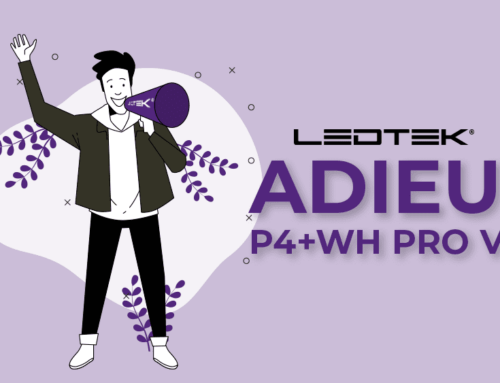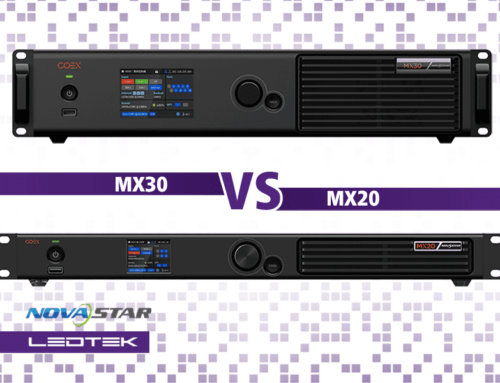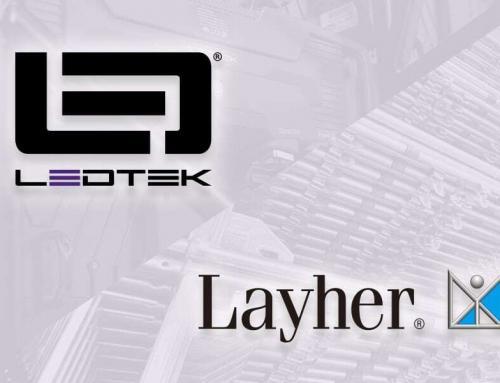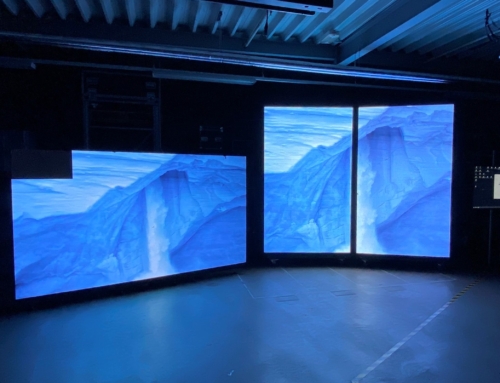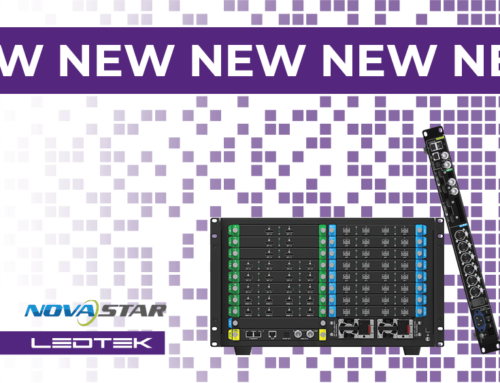LED controllers offer a variety of functions and tricks. It is good to know how to make use of them. This time we are talking about the Low Latency mode by NovaStar (LLM).
The Low Latency mode is a patented technology that was developed by NovaStar to keep the latency low when using LED technology. In practice, the option to activate the LLM depends on two components: the receiving and sending card that are built into the LED cabinet. At least one of the two components needs to support the activation of the LLM function. Ideally both sending and receiving card are Low Latency mode compatible.
Here, latency describes the “reaction time” or “delay”. In short, it is the unit between an event and the visible reaction to it. When transferring contents, it means the time span between receiving a signal and the appearance of the sent contents on the display. Reason for this delay in digital technology are the different processing stages that require a short-term storage of the outgoing data. The latency is usually described in time units, for example in seconds or milliseconds (ms). The unit “frames per second” (fps) is used regularly as well.
Practical significance of the LLM
There is no universal value that defines a low (good) or a high (bad) latency. What is considered an acceptable latency depends on the scenario and application.
Examples would be a concert with a live broadcast of the singer and a speech with a power point presentation. The speed of the reaction time is not of essential visual value to the audience in the latter case. The subsequent slide that is to be displayed via the key on a remote control or the arrow key on the computer keyboard can become visible to the audience either immediately or with some delay without producing an irritating disadvantage. The use of a latency-reducing technology such as that of the LLM would in this case be without visible advantages and not necessary.
Live events, e.g the real-time broadcast of the portrait of an artist on stage, have a higher demand to a low-lag transfer, as lip synchronicity is necessary for an optically satisfying solution. In this case, the activation of the Low Latency technology by NovaStar can achieve visible advantages. Imagine the singer opened their mouth and raised their arm noticeably earlier than their display on the LED wall. For the viewer, an uneven image is given that impairs the optical value in a relevant dimension. There is an established guideline for this kind of use, so that the view does not become irritating or exhausting for the viewer: up to 100 ms of delay, the image still appears (relatively) synchronous to the human eye and in any way not hindering to a greater extent.
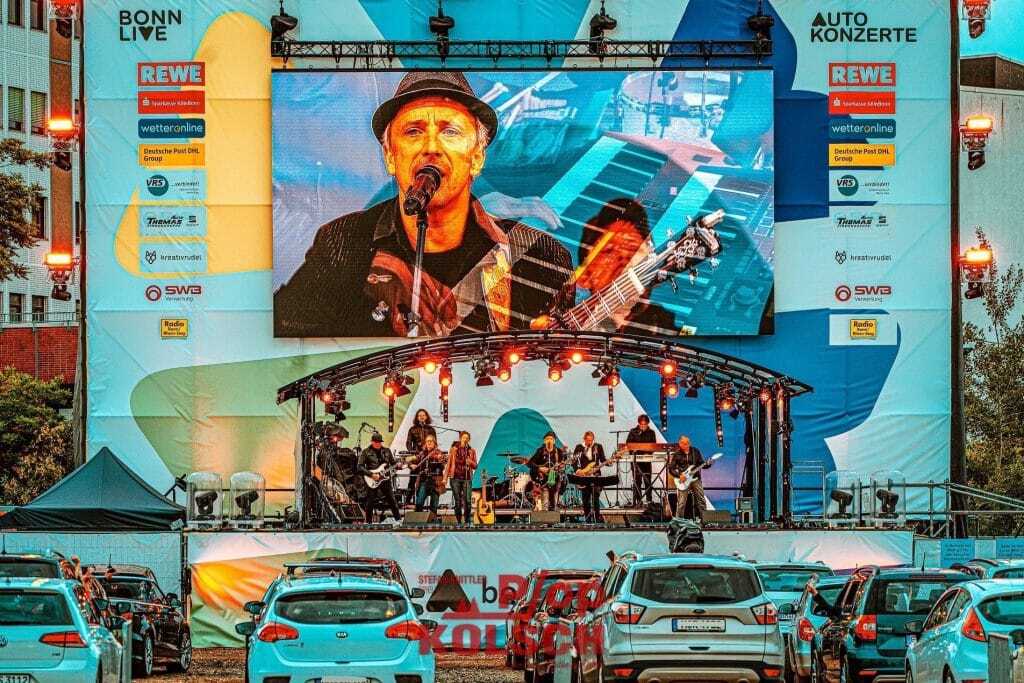
Broadcast of the lead singer onto the LED wall, source: Eventures GmbH (H)
In practice, this value is essentially not reachable without using the LLM. This is caused especially by the processing stages (camera, mixing desk etc.) that produce their own latency and add up to the overall latency. Besides the ability or inability of the controller regarding the LLM, particularly the choice of controller adds up to the final result of delay time. Here it depends especially on the difference between sending-only cards and those controllers that offer further integrated functions (e.g. an integrated scaler). The latter devices produce a higher latency with the bigger number of their functions that has to be considered when connecting the different streams.
Conclusion
NovaStar’s Low Latency mode is useful when the application requires a relatively instantaneous process; if the event and the broadcast onto the LED wall need to be close timewise to produce a satisfying result. Here the LLM can be helpful especially when numerous processing stages are used that all create their own latency.
In our handout you can read more about our experiment and the relevant to practice ratio of image and sound.
You have further questions on latency and co.? Get in touch with us. Send an email to vertrieb@ledtek.de or give us a call at +49 551 492 493 44.


